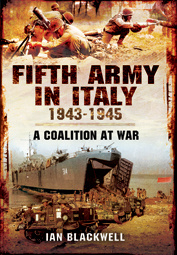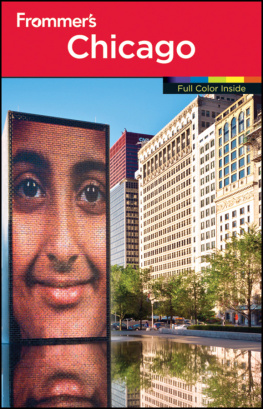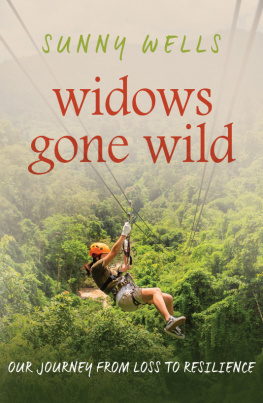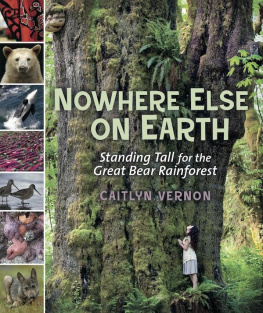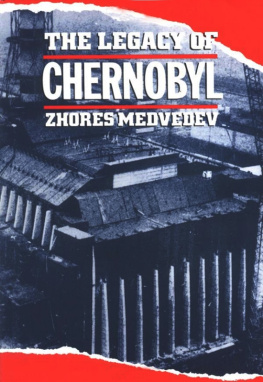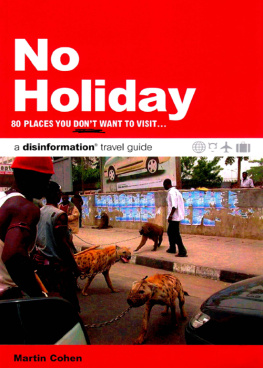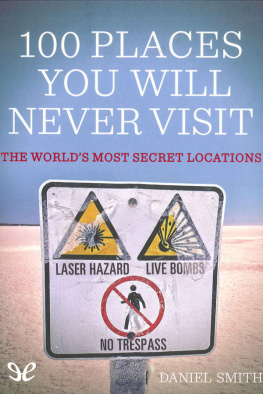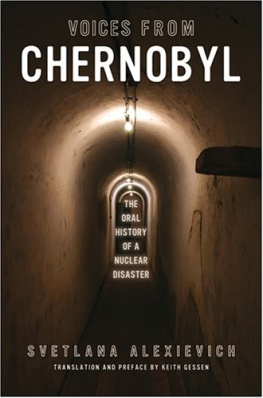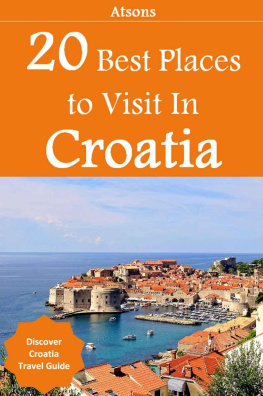

For KLE
CONTENTS
DAY TRIPS THROUGH A RADIOACTIVE WONDERLAND
OIL SANDS MINING IN NORTHERN ALBERTA
PORT ARTHUR, TEXAS, AND THE INVENTION OF OIL
SAILING THE GREAT PACIFIC GARBAGE PATCH
DEFORESTATION IN THE AMAZON
E-WASTE, COAL, AND OTHER TREASURES OF CHINA
DOWNSTREAM ON INDIAS MOST POLLUTED RIVER
AUTHORS NOTE
This is a work of nonfiction. I have changed names when it seemed appropriate and made occasional, immaterial rearrangements of chronology. While allowing minor editing for clarity, I have striven to put words in quotes only when they were actually saidin that form, by that person. I have tried always to leave outside of quotation marks anything that I chose to rephrase, whether because of the limitations of my notes and memory, or for purposes of brevity, or due to the grey areas of on-the-fly translation. When so imprudent as to include facts or figures, I have attempted to be scrupulous in my choice and interpretation of sources.
For photographs, further maps, and more information about the places, people, organizations, and issues touched on in this bookor if you think I got anything wrong and would like to tell me soplease visit:
www.visitsunnychernobyl.com
EVEN WHAT IS MOST UNNATURAL IS PART OF NATURE.
GEORG CHRISTOPH TOBLER, DIE NATUR
PROLOGUE
We come in smooth, coasting, sliding between stands of reeds, water lapping against the metal sides of the rowboat. A host of dragonflies dances around us. They land on the dented edges of the boat, on the oar handles, on my hands. A little one lands on my nose. As I row, the oars catch on thick colonies of lily pads, rising out of the water ripe and green. They glisten for a moment in the midday sun, then plunge back under with the following stroke.
Sitting on the bow, a young woman gazes out over the water, over an expanse of marshy islands extending in every direction. The air vibrates with a shrill chorus of frogs.
A high beep breaks the reverie. Olena looks down at the device in her hand. Its a radiation detector. We bought it in Kiev a few days ago.
It says twenty, she calls out. I guess were going in the right direction.
I look down at the tattered photocopy of a map, handed to me onshore by a smiling weekend fisherman. It shows part of the Kiev Sea, a broad, placid reservoir that greets the confluence of the Pripyat and Dnieper Rivers. Im almost certain weve already reached our destination. Here, somewhere among the dragonflies and lily pads, we have crossed a boundary. A border guarded only by coasting herons and warbling frogs.
We have just infiltrated the worlds most radioactive ecosystem.
This is the Exclusion Zone, site of the infamous Chernobyl disaster. A radiological quarantine covering more than a thousand square miles of Ukraine and Belarus, it is largely closed to human activity, even a quarter century after the meltdown. Entry to the zone is forbidden without prior permission, an official escort, and a sheaf of paperwork. A double fence of concrete posts and barbed wire encircles it, and guards man the entrances.
On land, that is. By water, the zone is open for your enjoyment. Or if not exactly open, not so closed that anything stands in the way of an afternoon paddle. All you need is a rowboat and some way to get to Strakholissya, the town closest to where the Pripyat River flows out of the zone. You might not even need your own rowboat. In Strakholissya, after a picnic of strawberries and sandwiches, we met an old woman who let us make off with hers. When we asked her what it would cost, she seemed to take it as a philosophical question. What would such a thing cost? she said, refusing the money. We paid her in strawberries.
I keep rowing. The tall grass slides along the side. I warm myself in the sun. This is the rest of the infiltration plan. Only this. To peer at the dragonfly on my nose. To watch a vast thunderhead erupt from beyond the horizon, billowing into the sky.

Years ago, I spent six months in India. I saw any number of exotic sights there, from traditional villages in a remote corner of Rajasthan to the gilt sanctuary of a Buddhist monastery perched like a citadel on the slopes of the Himalayas. I watched as traditional fishermen pulled nets full of writhing fish out of the Arabian Sea for sale right on the beach. I contemplated sacred carvings in thousand-year-old Jain temples.
You know. The usual crap.
And then there was Kanpur. Newly awarded the title of Indias Most Polluted City by the national governmentwhich says something in Indiait was not an obvious destination. In fact, hardly anybody outside India has ever heard of Kanpur, and few people inside the country would give it a second thought. But I was traveling with an environmentalist, and environmentalists can have unusual sightseeing priorities.
What followed was an intensive, three-day tour of dysfunctional sewage-treatment plants, illegal industrial dumps, poisonous tanneries, and feces-strewn beaches. The crowning moment was our visit to a traditional Hindu bathing festival in which scores of pilgrims dunked themselves in a rank stretch of the sacredbut horribly contaminatedriver Ganges, collecting bottles of holy, chromium-laced water for use back home. All this, and not another tourist in sight.
Inexplicably, Kanpur became the highlight of my entire time in India. Kanpur. I couldnt account for it. Did I have a thing for industrial waste? Was I just some kind of environmental rubbernecker?
That wasnt it. In Kanpur, I had found something. Something I hadnt encountered anywhere else. I couldnt shake it: the sense of having stumbled into a wholly unexpected place. Of having seen something there, among the effluent pipes and the open latrines. A trace of the future, and of the present. And of something elsesomething inscrutably, mystifyingly beautiful.
Leaving the country, I looked up Kanpur in my guidebooks to get their take on the place. Nothing. As far as Lonely Planet and the Rough Guide were concerned, Kanpura city of millionswas literally not on the map. It was a noxious backwater to be avoided and ignored.
And for any traveler curious enough to find a place like Kanpur interesting, wellthere was just no way to find out about it.
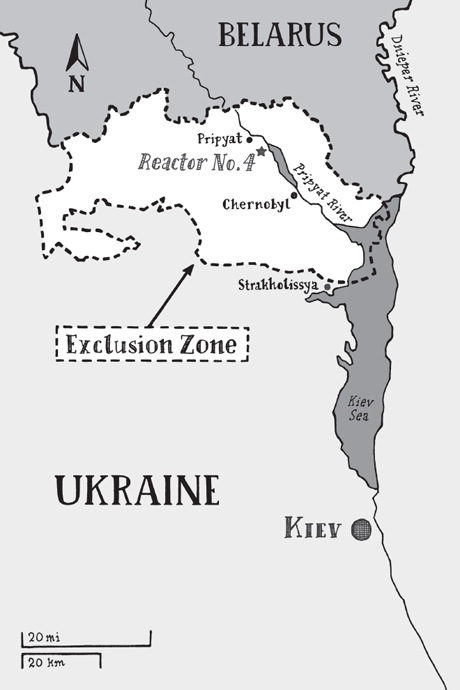
ONE
VISIT SUNNY CHERNOBYL
It began on a train. Vienna to Kiev, rocking back and forth in a cabin of the Kiev Express. There was a certain Agatha Christie-meets-Leonid Brezhnev charm to it. Long oriental rugs ran the length of its corridors, and the passenger compartments were outfitted with a faux wood-grain veneer and dark red seats that folded up to form bunks.
Its not actually called the Kiev Express. If it were an express, it wouldnt take thirty-six hours. In fact, train is no way to make this trip. I bought my ticket only because I believed, unaccountably, that Vienna and Kiev were close to each other. They are not.
I was going to Chernobyl, on vacation.
Trains are for reading, and I had brought a pair of books: Voices from Chernobyl, a collection of survivor interviews, and
Next page


